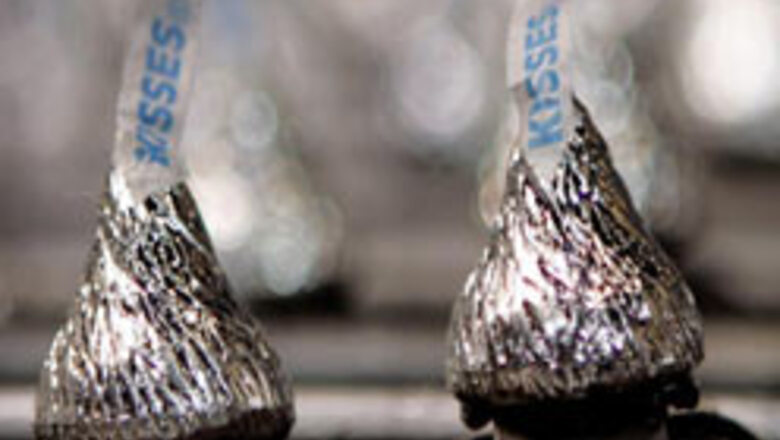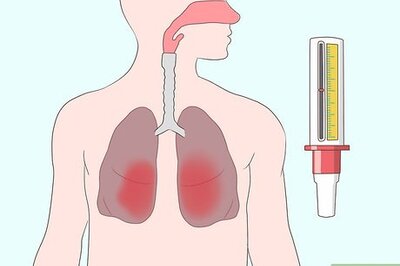
views
London: Your favourite chocolate or ice cream packaged attractively could lead you to your deathbed, as researchers have revealed that latex packaging could be deadly for those allergic to it.
A recent UK study revealed that one third of food packaging tested was contaminated with latex. The latex was transferred to food in some cases. In one unnamed chocolate biscuit, the amount of latex found was 20 times the level that instigates a reaction.
A group of experts from the UK Latex Allergy Support Group (LASG) Advisory Panel said that these results were significant.
"For a few people, natural rubber latex is a very potent allergen and for these individuals, there is no safe level of exposure," a LASG representative, Graham Lowe said.
"We would welcome an approach to the EU to consider this evidence and the issue of labelling," he added.
Lowe also said that latex transfer to food could account for some currently inexplicable reactions.
There is no agreement on a safe level of latex, but it has been reported that a billionth of a gram (1ng/ml) can be enough to cause a reaction. Currently manufacturers are not required to label food packaging as containing latex.
Scientists at Leatherhead Food International measured the presence of four major latex allergens in 21 types of food packaging for confectionary, fruit and vegetable produce, meat, pastry and dairy products.
The highest levels of latex allergens were found in a chocolate biscuit containing nearly 20ng/ml. The wrapper contained 85ng/ml of latex. The highest levels in packaging was detected in ice cream wrappers, with over 370ng/ml found in one sample. The ice cream itself contained around 14ng/ml.
A spokesperson for the Food Standards Agency, which funded this study, said food-labelling guidelines were designed to avoid restriction of choice due to excess use of warning labels.
"Advisory labeling should only be used when, following a thorough risk assessment, there is a real risk of allergic reactions," they said.




















Comments
0 comment